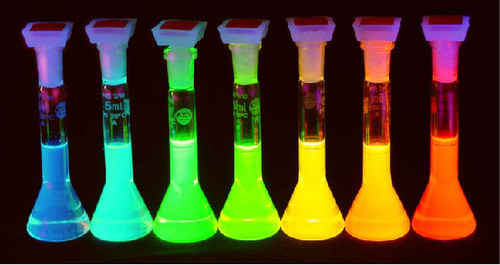Quantum dots to revolutionize camera phones’ semi-conductor technology for sharper, brighter & more vivid images

 Survey
SurveyWe have come to accept the fact that camera phones often deliver noisy and grainy images under low-light conditions and do not produce digitally sharp and bright images even under normal lighting conditions. But all this is expected to change with the advent of InVisage’s ‘quantum dots’ – a revolutionary semi-conductor based technology with nanometer scaling which separates each dot from the other.
The nanometer scaling distance ensures that the dots can absorb colours depending on their size without the loss of light. For example, a larger dot can absorb the red colour and the smaller dot can absorb the blue colour in the ‘RGB’ visibility spectrum. This concept is based on how much the light has to bend to interact with the dots (tiny semiconducting crystals). If we delve a little deeper into theory of light, we learn that that the colour red is at the lower end of the visibility spectrum (larger wavelength), and the colour blue is at the higher end of the visibility spectrum (smaller wavelength). Hence, the red is absorbed by the larger dot where the white light has to bend less (at a smaller angle) and blue is absorbed by the smaller dot where the white light bends at a larger angle.
Quantum dots have been built into the semiconductor chipset with nanometer scaling, allowing InVisage to pack a large number of pixels into a small area; thereby reducing the loss of incoming light. In other words, produce sharper, brighter and colourful images even with a lower pixel resolution camera.
InVisage envisions to take this technology into the realms of solar devices like solar panel and completely replace the conventional silicon based semiconductor technology. However, this dream technology is still under the testing phase and it is unclear when it will shape up into reality and revolutionize digital photography.
